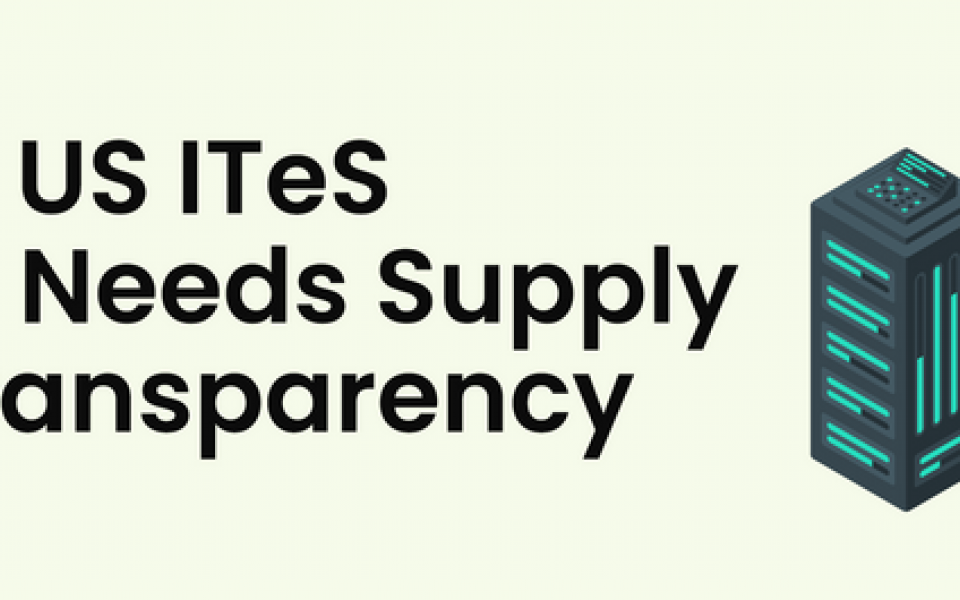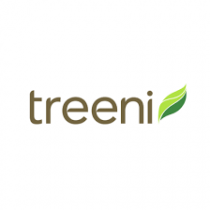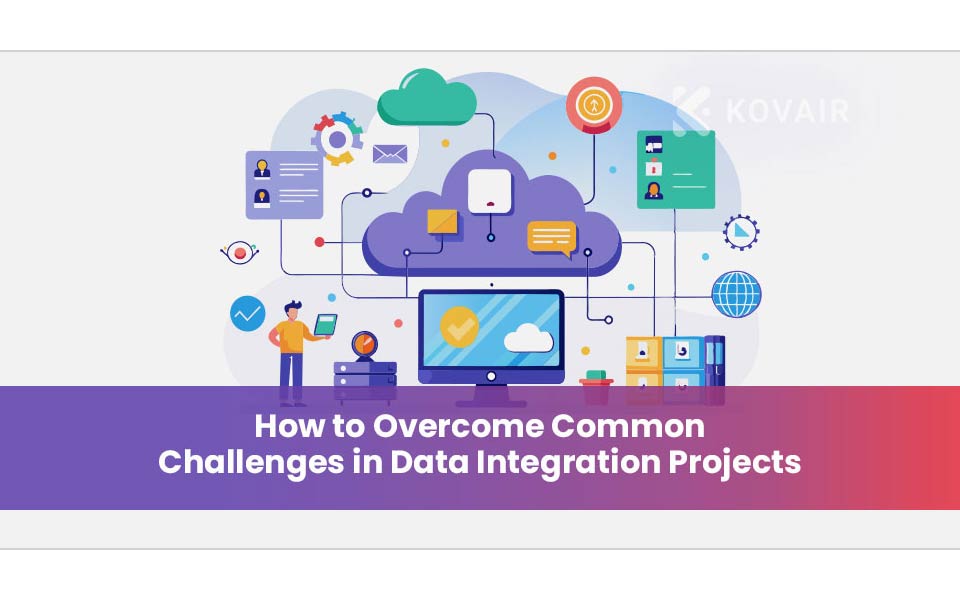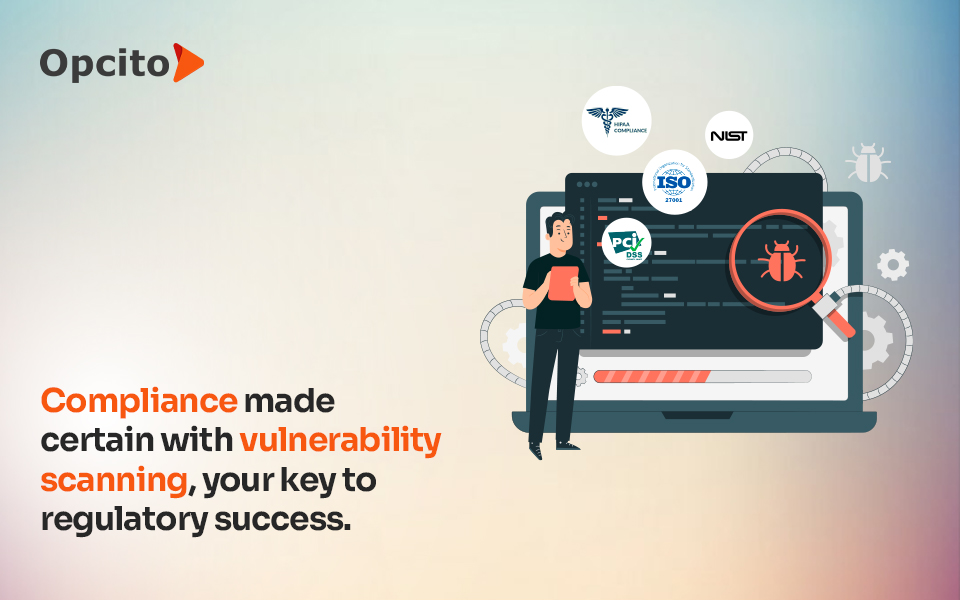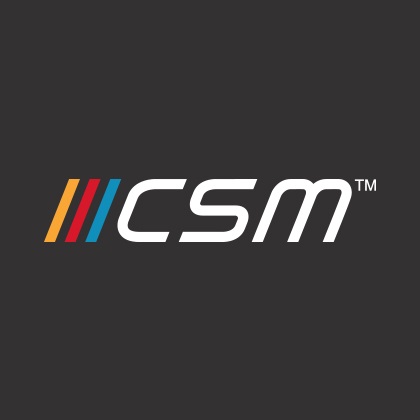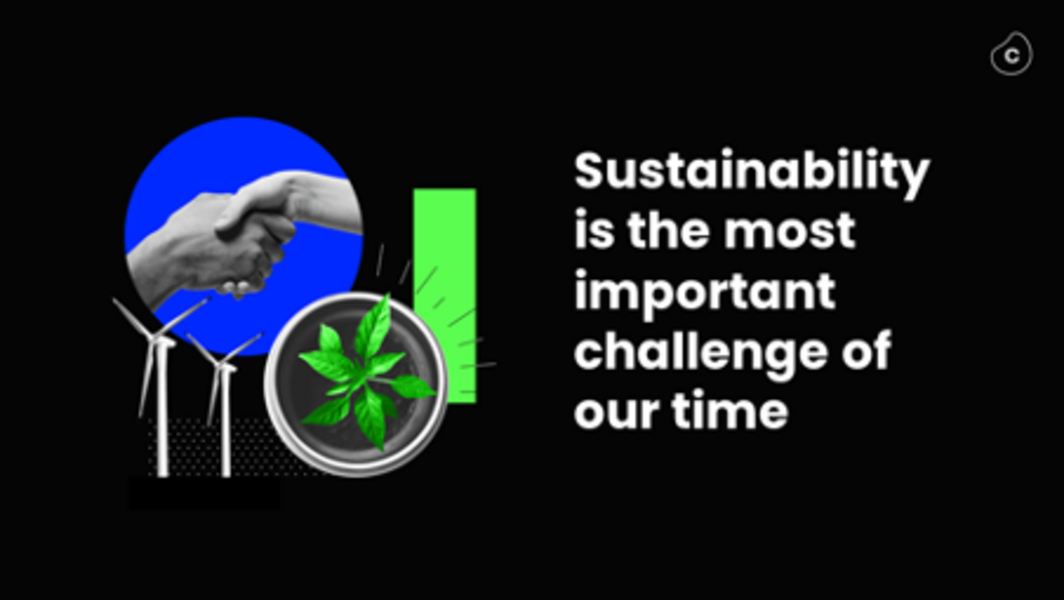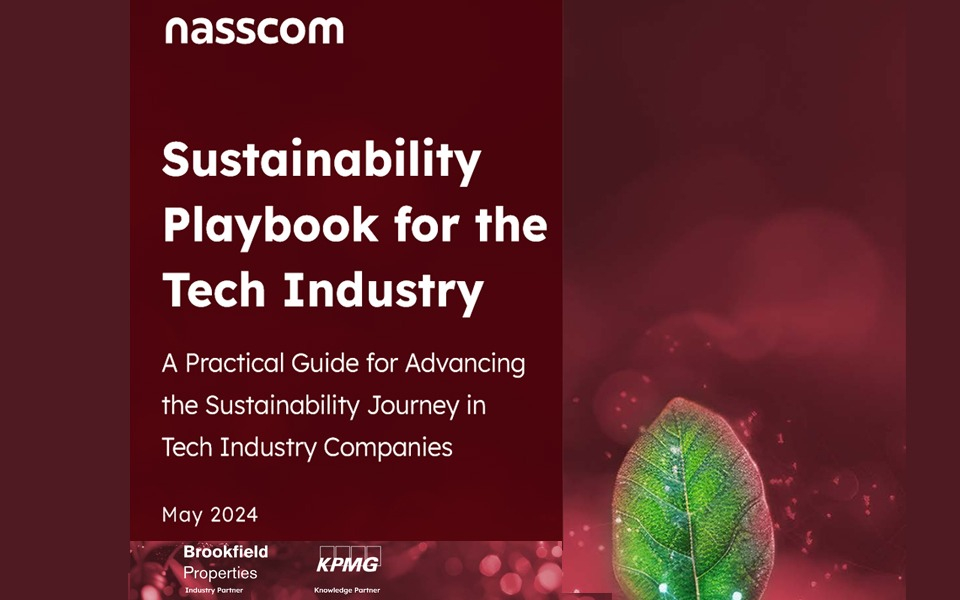According to the Information Technology and Innovation Foundation (ITIF), the Information Technology Enabled Services (ITeS) industry, also called IT consulting firms in the USA, employed 5.9 million workers in the US in 2022. This number may grow to 7.7 million by 2028. As per the market research firm Markets and Market, the US IT services market is expected to grow to $500 billion in 2022 to $700 billion in 2027.
The ITeS industry is critical to the United States economy, contributing significantly to job creation, economic growth, and technological innovation. This dynamic sector relies on intricate supply chains that underpin the delivery of a vast array of services and products. Like any other supply chain, businesses in this sector, too, need to be aware of the complexities of the ITeS supply chain and take steps to mitigate them. Geographic dispersion, variety of products and services, volatile demand, and regulatory compliance are just a few challenges that need monitoring.
Lack of transparency within these supply chains can pose substantial risks such as regulatory non-compliance, reputational damage, legal liability, and cyberattacks. It is, therefore, imperative that there is a sustained effort within the ITeS industry to manage and mitigate such risks.
Understanding Supply Chain Transparency in the context of the ITeS domain:
Like every prominent industry, ITeS has its supply chain spread across the globe. These overseas supply chains comprise a big chunk of both upstream and downstream operations. Supply chain transparency refers to the traceability and visibility of information and processes within the ITeS supply chain network. It entails making relevant sustainability data accessible to stakeholders, ensuring accountability, and enabling traceability.
Transparency in the ITeS industry needs to emphasize data handling practices, security measures, and compliance with privacy laws:
-
Traceability: In the ITeS industry, traceability means being able to trace the origins and processing of data, ensuring its authenticity and legality throughout its lifecycle
-
Visibility: Visibility implies real-time access to information about every phase of the supply chain, allowing for informed decision-making
Add to this the challenges of the traditional supply chain issues arising from the purchase, sale, and usage of physical products like laptops and servers.
Challenges and Solutions:
Given the geographical spread of the supply chain, the virtual nature of business, with the inherent traditional supply chain issues, ITeS companies face many challenges in their transparency efforts. Additionally, the ITeS industry is one where supply chain reporting is not yet standardized, and the problem becomes even larger. Some of the challenges faced by the sector are:
-
Complex global supply chain: The ITeS industry typically relies on a highly complex global supply chain that includes hardware manufacturers, software providers, data centers, and cloud service providers, often spread across different countries. Managing and tracking the environmental and social impacts of such a sprawling supply chain can be challenging
-
The lack of standards: The ITeS sector is subject to a wide range of regulations, both at the national and international levels. There are no universally accepted standards for supply chain transparency in the ITeS industry. This makes it difficult for businesses to compare their practices and identify areas for improvement
-
Sustainability and environmental impact: In recent years, there has been a growing emphasis on the environmental impact of data centers and digital infrastructure. The challenges of tracking and reducing the carbon footprint of these operations are something the sector is actively working on
-
Risk of third-party suppliers: Many ITeS companies use third-party suppliers to provide hardware components and data services. It is challenging to track the origins of products and services and ensure that they are sustainably and ethically produced and/or delivered
-
Data privacy concerns: Given the sector's focus on data processing and storage, companies find it difficult to maintain transparency while complying with stringent data privacy regulations like GDPR and CCPA
-
Product Life Cycle: The ITeS sector deals with hardware products with distinct life cycles. Managing the environmental impact of product manufacturing, usage, and disposal requires supply chain transparency at various stages
To address these challenges, companies in the ITeS industry must prioritize supply chain transparency and sustainability. By understanding these challenges, ITeS companies can develop strategies to overcome them and improve transparency in their supply chains.
-
Engaging with Industry Associations: Collaborating with industry associations can help set standards and best practices
-
Advocating for Consistent Regulations: Advocating for consistent regulations on data privacy and transparency across borders can create a level playing field
-
Adopting Global Best Practices: Learning from global leaders in supply chain transparency can inform ITeS companies on effective strategies
-
Have a risk management plan: ITeS companies should have a risk management plan to identify and mitigate potential risks. This plan should include strategies for dealing with geopolitical instability, natural disasters, cyberattacks, supplier reliability, end-of-life hardware management, environment impact analysis, and regulatory compliance
-
Use of technology: Technology can improve visibility and transparency in the supply chain. This can help ITeS companies identify and mitigate risks.
Benefits of Supply Chain Transparency:
The benefits of a transparent supply chain are hard to overstate, as they can improve a company's performance on multiple fronts - both internal and external.
-
Achieving Goals & Targets: Companies cannot achieve their goals & targets be it Carbon Neutral, NetZero, SBTis etc. unless they are able to engage with their suppliers to gather, track and improve performance against goals and report
-
Compliance: The ITeS sector needs to anticipate and prepare to address increased scrutiny and regulations focused on addressing the E, S & G issues in the supply chain
-
Improved Risk Management: Transparent supply chain practices enable better risk management by identifying potential issues early, this minimizes the likelihood of costly disruptions and legal challenges later
-
Increased Customer Trust: Customers trust companies that are transparent about their practices, this trust translates into more robust customer relationships and loyalty
-
Enhanced Brand Reputation: A transparent supply chain enhances a company's brand reputation, attracting clients, socially conscious consumers, and socially responsible investors
-
Competitive Advantage: Companies that prioritize transparency gain a competitive edge; clients and partners are likelier to choose businesses that demonstrate ethical practices and openness in their supply chains
Setting Up for Success:
Build Legal and Regulatory Compliance: Transparency is crucial for complying with a web of legal and regulatory requirements, including data protection laws like GDPR and CCPA, and failure to meet these standards can lead to substantial fines and legal complications. Get experts who can manage the myriad challenges that an ITeS company faces.
Convenience of Technology: Implementing the latest technologies, such as AI and blockchain, to report on your supply chain data can give you control by providing an immutable and transparent ledger for data and transactions.
Stay in Control with Regular Audits: Regular audits of supply chain processes help identify gaps and areas for improvement.
Internal Competence: Fostering a culture of transparency within the organization encourages ethical decisions and promotes accountability. Spending time to train employees will build internal competence.
Conclusion:
Supply chain transparency is not just a buzzword but a fundamental necessity for the growth and reputation of the US ITeS industry. It offers substantial advantages, including compliance with legal requirements, risk mitigation, and the trust of stakeholders. To achieve this, enterprises must adopt technology tools that help them gain data clarity, address compliance, build competence within their supplier base, and control and manage risks.




